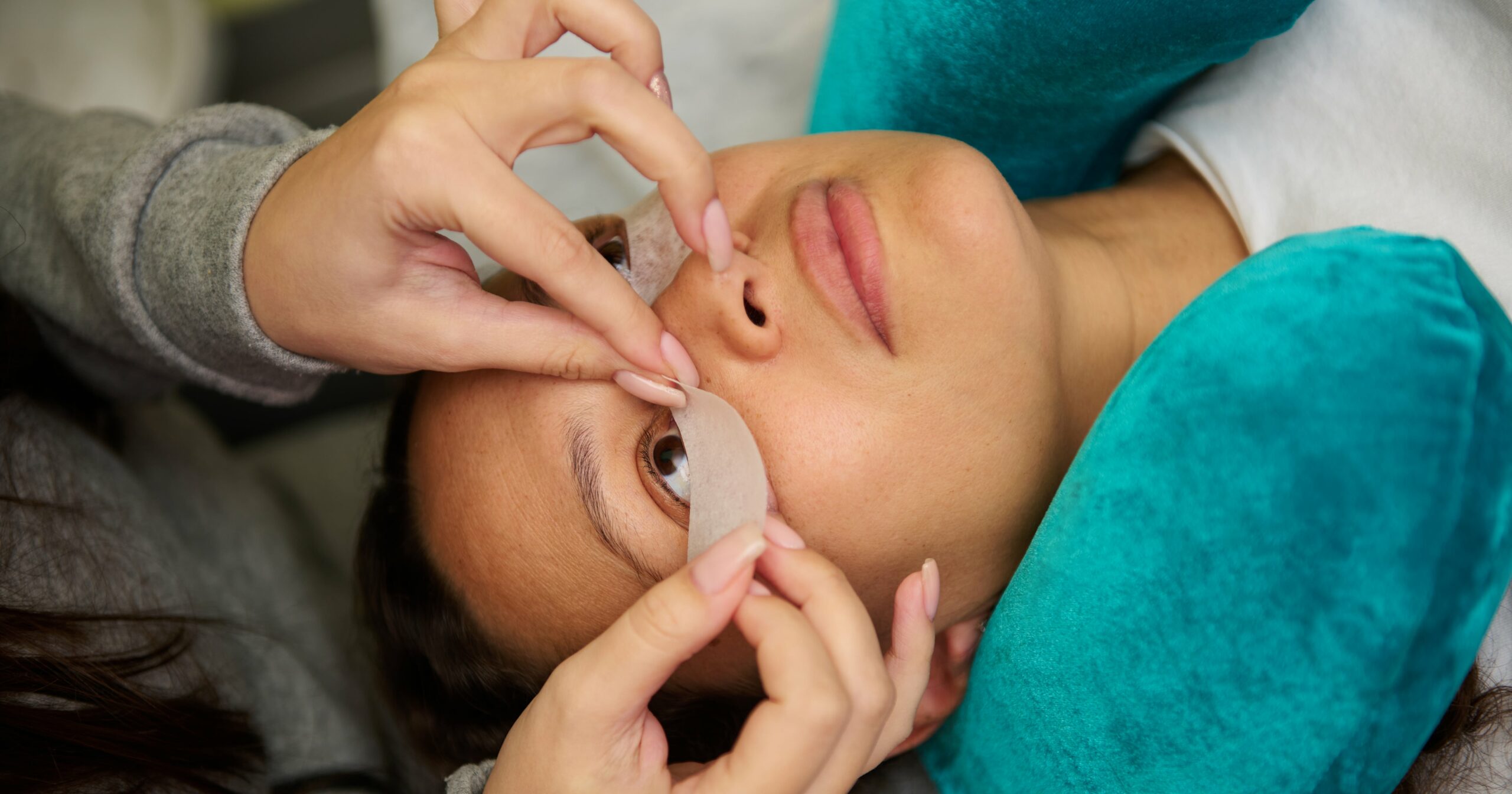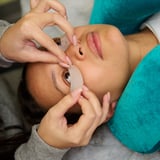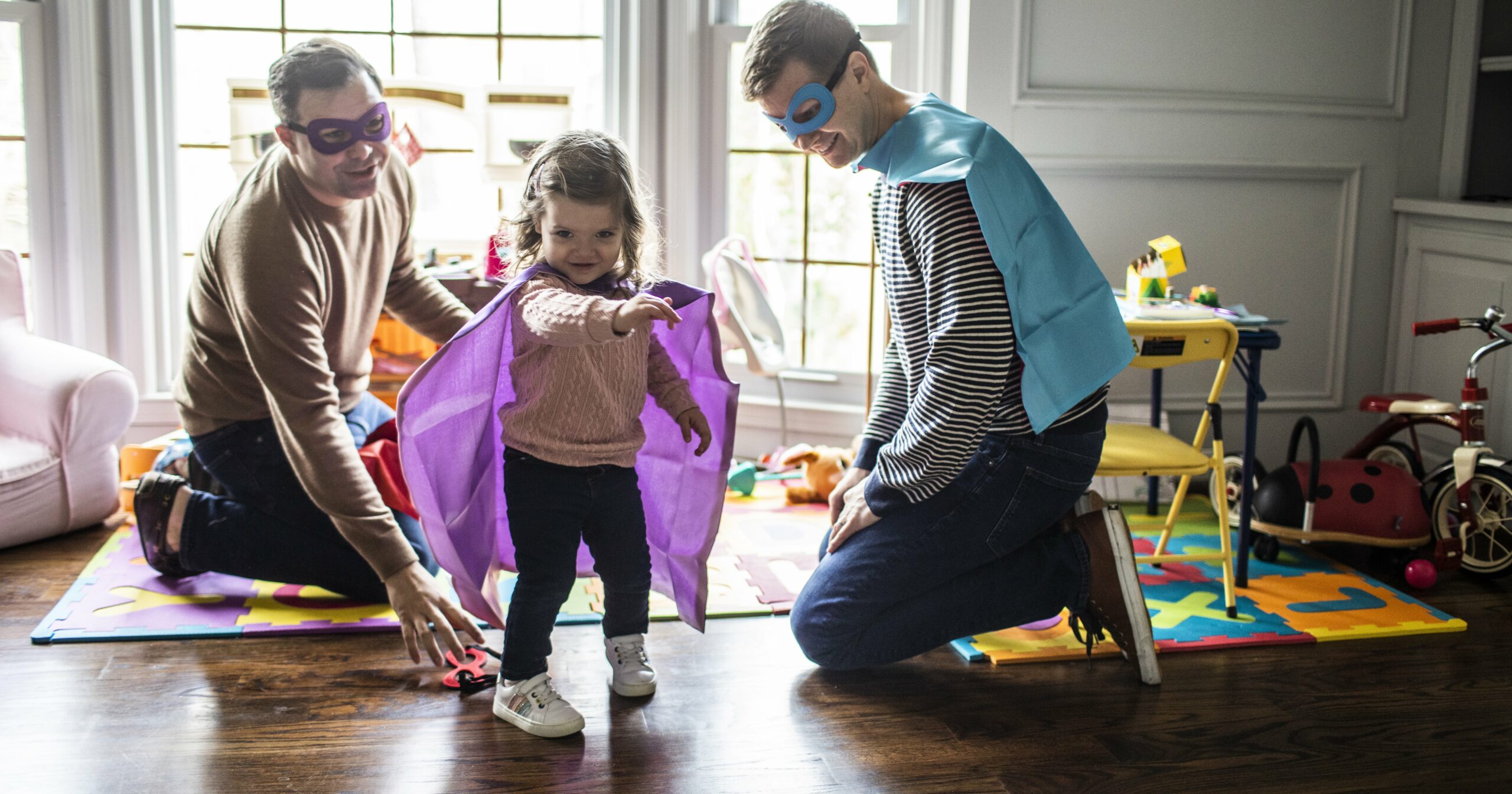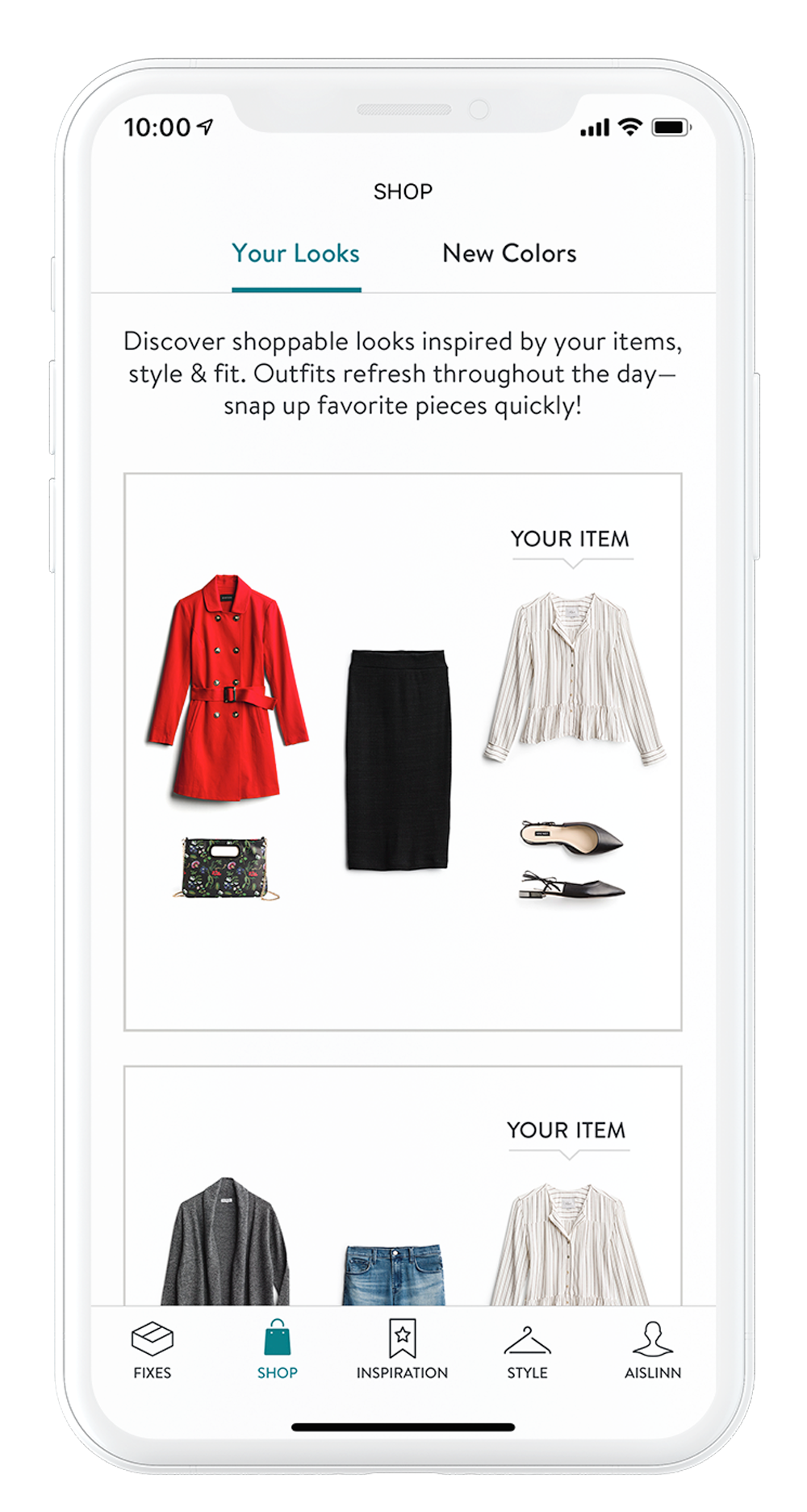When it comes to eyelash applications, there are tons of methods and techniques to try. For those who love the classic look, fake eyelashes will always be a favorite. But if you’re craving extra “oomph,” a lash lift might be the way to go. This semi-permanent application takes your natural lashes and lifts them from the root to give them extra volume. On the other hand, lash extensions focus on making the eyelashes look thicker and fuller. According to Beautytok, UV lash extensions are set to be the next big thing in 2024. But how safe are they?
If you’re a lash enthusiast, you’ve probably seen this technique trending on your FYP. Many lash techs and curious onlookers are sharing their reactions, and the reviews are a mixed bag. Sure, the results can look stunning online, but don’t let the glamor fool you – long-term effects might tell a different story.
To get the scoop on this trendy technique, we’ve consulted a few experts to give us the full 411 on UV lashes. Ahead, they will break down whether this hot new trend is worth the hype and your eye health.
Experts Featured in This Article
Ashley Brissette, MD, MSc, FRCSC, is an ophthalmologist and founder of Daily Practice Eyecare.
Kiara Brown is an aesthetician and lash tech.
What Are UV Lash Extensions?
UV lashes are a quicker alternative to traditional lash extensions. “This process is typically quicker than the air-drying time required for standard adhesives, which is why they are gaining in popularity,” ophthalmologist Ashley Brissette, MD, MSc, FRCSC, tells PS.
Instead of using glue, this method uses UV light or LED technology to cure the adhesive, similar to gel nail systems. This new approach offers several benefits, including faster application times, reduced risk of lifting – which is especially important to those in humid climates – and increased longevity. However, concerns have been raised about the treatment’s overall safety due to the lack of extensive research on long-term exposure.
What Are UV Lash Extensions Safe?
While UV lashes may be visually and aesthetically pleasing, there are many downsides. Frequent exposure to UV light can be harmful. “Even though the UV exposure during the lash application is brief, it might be a concern if you have sensitive skin or eyes,” Dr. Brissette tells PS.
If you’re a skin-care enthusiast, you know that you need to wear sunscreen even when you’re inside and using your laptop, as UV/Blue lights can damage your skin. According to aesthetician and lash tech Kiara Brown, the same precaution applies to UV lashes. “I believe UV light use on the eyes would be equivalent to sun exposure without sunscreen,” Brown says. “Imagine the effects that would have on the eye alone not to mention the delicate skin around the eyes.”
For those who list safety as a top priority for beauty services, you might prefer to stick with traditional lash extensions for now. The standing method is safer for maintaining the health of your natural lashes. “Traditional lash extensions are typically made from synthetic materials like mink, silk, or synthetic fibers and are applied using a special adhesive with a main ingredient called cyanoacrylate,” Brown explains. “This ingredient helps bond the extension to the natural lash over a 24-48 time period, which I consider to be a more natural cure versus instantly curing under a UV light.”
In addition to ruining your natural lashes, with UV lashes, you could be putting yourself at risk for greater health issues. “The surrounding skin as we know it with UV rays can lead to cellular damage and predispose to skin cancers,” Dr. Brissette says. There’s also a risk of allergic reactions to the adhesive. It’s important to do a patch test and ensure the curing adhesive is compatible with your skin.”
There seem to be too many unidentified risks to having UV lashes done as opposed to going the old faithful route. The experts have spoken, and we’re taking heed.
Stixx Mathews is a New York City-based freelance beauty writer with 11 years of experience who is passionate about telling stories that merge beauty and pop culture. He enjoys sharing his expert insights about the latest trends and must-have products, with a particular focus on lipstick and fragrance.



